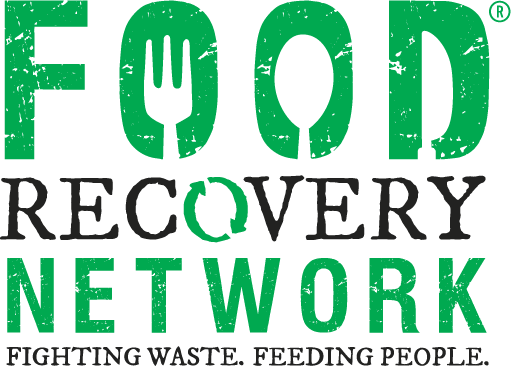The heartbeat of Food Recovery Network (FRN) is our 140 chapters across the U.S., comprising nearly 4,000 students, dining providers, food supplies, and local businesses who work together to recover surplus food and redistribute it to people in need. In a time when more than 54 million people are experiencing hunger, our work is needed more than ever, in certain areas more than ever. Using FRN10X as our guide, FRN is looking to learn how we can expand quickly, in one of the states with both the supply and demand we seek - Texas.
The model around the city of Houston is one we look to replicate across Texas, and eventually, across all 50 states. In Houston, you have both an ample supply of surplus food, coupled with communities where more than 20% of the population is experiencing hunger. Houston is also home to the University of Houston FRN chapters which, since its founding in 2014, has recovered more than 54,000 pounds of food, or 45,000 meals to people experiencing hunger in the area.
Looking at the map, you will see many of the FRN chapters are located in north Texas, but much of the need for surplus food is in south Texas. We look to establish chapters like the University of Houston - meaning chapters in closer proximity to the need.
Start or join an existing chapter today.
Through outreach to potential students via social media, as well as activation of large and small employers in the state, we are seeking to add at least 20 chapters in Texas and measure how much more food we can put back into the supply chain as a result of this growth. We anticipate by putting more food into the food system faster, in the areas with the greatest need, we will be able to feed more people faster, ultimately lowering the number of people experiencing food insecurity in Texas.
Our learnings in Texas - what it takes to recruit and retain chapters, what it means to work within a new network of nonprofit partner agencies to distribute food, and how it shapes the contributions of our students in a given community - are all things we are looking to learn over the next ten weeks. We will take those learnings and seek to replicate the successes across all ten states of focus in the fall.
Please join us in expanding our network in Texas. You can do this by donating to FRN to support our outreach or connecting with program staff to connect us with the appropriate person at your Texas university.
Start or join an existing chapter today.








